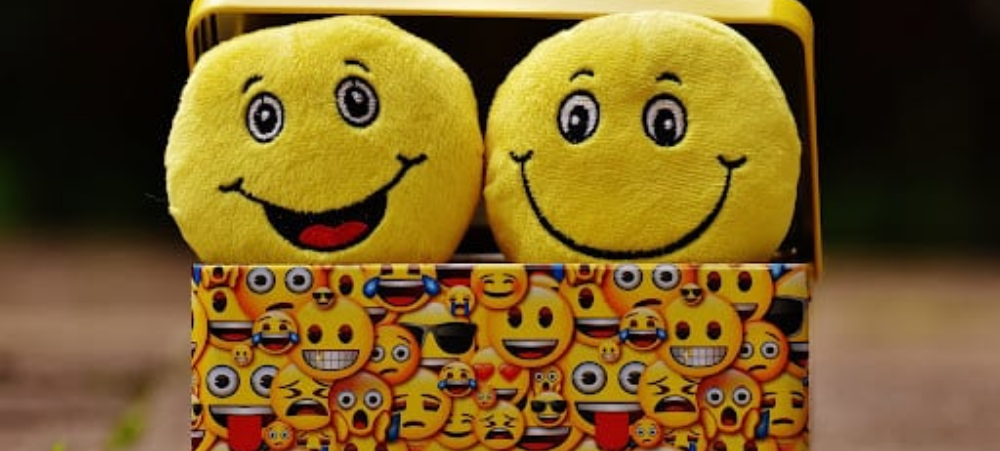
What you need to know about Pneumonia
Lee Callakoppen, Principal Officer of Bonitas Medical Fund talks about pneumonia: According to the World Health Organisation (WHO), a child dies from pneumonia every 30 seconds. Which means that around 1.1 million children, under the age of five, die each year. This is more than malaria, AIDS and tuberculosis combined. What is pneumonia? Pneumonia is a lung inflammation caused by a bacterial or viral infection, it’s when the air sacs in the lung fill up with pus and can affect or one or both lungs. The flu shot and pneumonia Having a flu vaccine is the first line of defence when it comes to protecting yourself, with studies showing it reduces the risk by about 50 to 60%. The vaccine trains your body to recognise flu and fight it. Pneumonia is a relatively common and serious complication of flu.Supporting evidence from randomised clinical trials indicates that fluvaccines are effective in preventing influenza-associated pneumonia. Signs and symptoms of pneumonia may include: Chest pain when you breathe or cough Confusion or changes in mental awareness (in adults aged 65 and older) A cough, which may produce phlegm Fatigue Fever, sweating and shaking chills Lower than normal body temperature (in adults older than age 65 and people with weak immune systems) Nausea, vomiting or diarrhoea Shortness of breath How are flu and pneumonia different? Bonitas explains that pneumonia symptoms are similar to flu but last longer. The severity of the pneumonia depends on your age and overall health. In the case of newborns and infants, sometimes they show little or no infection and other times they may vomit, have a fever and cough, have difficulty breathing and eating. Pneumococcal vaccine There are a total of 80% Community Acquired Pneumonias (CPAs). These streptococcal bacteria can spread from the nose, throat and ears to cause pneumonia – a severe infection of the lungs. The vaccine protects you against: Infection that can result in Pneumonia, infection of the blood (bacteremia/sepsis), middle-ear infection (otitis media), or bacterial meningitis. Pneumonia is by the most common of these infections. Is it an annual vaccination? The pneumococcal vaccination is suitable for those over 65 years of age or immune compromised members a pneumococcal vaccination once every five years. Who should have the pneumonia vaccination? It is recommended for all individuals aged 65 years or older plus individuals aged 2-64 years with certain long-term health conditions, such as a serious heart or kidney condition. In fact for anyone with an increased risk, from a chronic disease, immune-suppressed people particularly those who are HIV positive, cancer sufferers and smokers who are more prone to respiratory illnesses. The cost of pneumonia In severe cases of Pneumonia, the estimated cost of spending a night in intensive care is R15 000 whereas a Pneumococcal vaccine costs around R1000. Most medical aids do cover the cost. Bonitas offers a free flu vaccine annually to members as well as a once off pneumococcal vaccine for people over 65 years of age. According to the New England Journal of Medicine (NEJM), ‘In addition to reducing the risk of hospitalisation for an influenza infection itself, the flu vaccinations appear to reduce the likelihood of hospitalisation for influenza-associated complications such as pneumonia. When to see a doctor? See your doctor if you have difficulty breathing, chest pain, persistent fever of (39 C) or higher or a persistent cough, especially if you’re coughing up phlegm.





































